Beef Reproduction and Genetics
All Beef Reproduction and Genetics Content
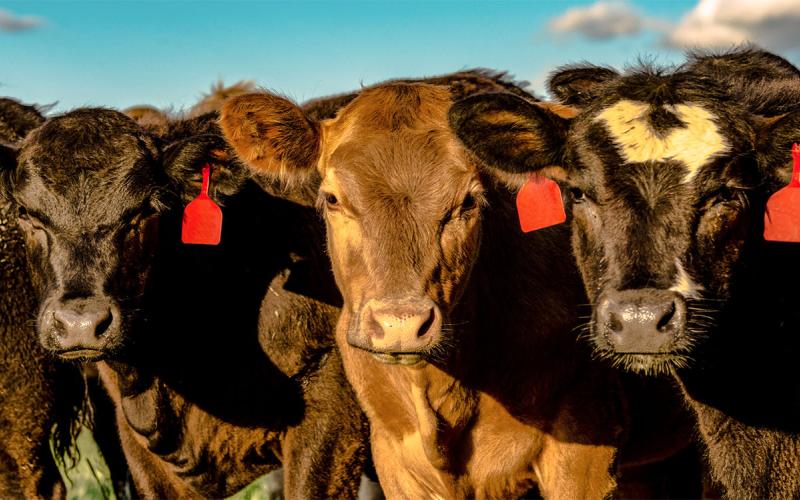
Reducing Development Costs for Replacement Heifers
Regardless of how efficiently reproductive success is managed on the ranch, beef producers are tasked annually with incorporating new females into the herd in the form of replacement heifers.
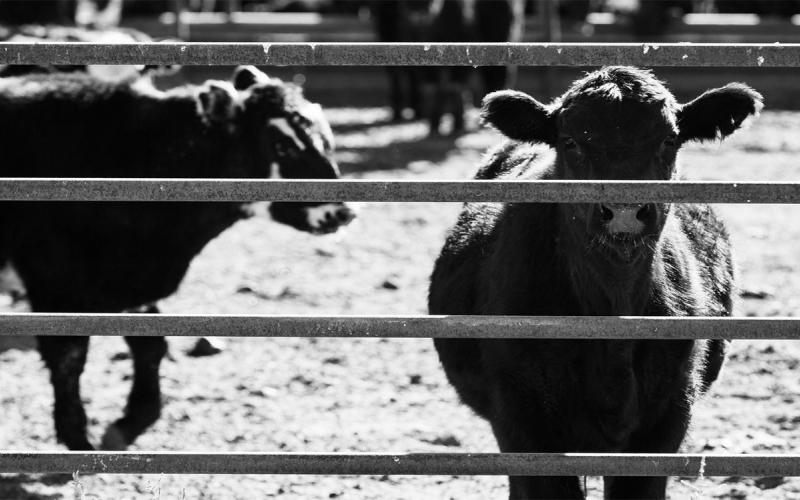
Cull Cows and Trichomoniasis
With increasing amounts of cows being sold at the sale barn with reproductive years left, there are some precautions to be aware of prior to bringing females home to re-breed.

Calving Distribution Affects Herd Health
When the calving season is consolidated, nutritional requirements are more synchronous across the herd, and these benefits extend beyond improved feed management.
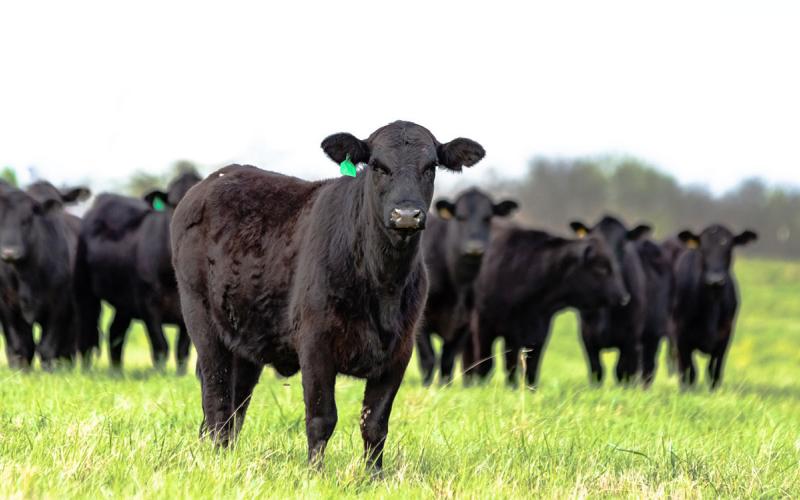
Can Early Weaning Benefit First-Calf Heifers?
First-calf heifers pose specific challenges for cattle producers. Learn how strategic weaning decisions can impact the performance and profitability of this challenging group.
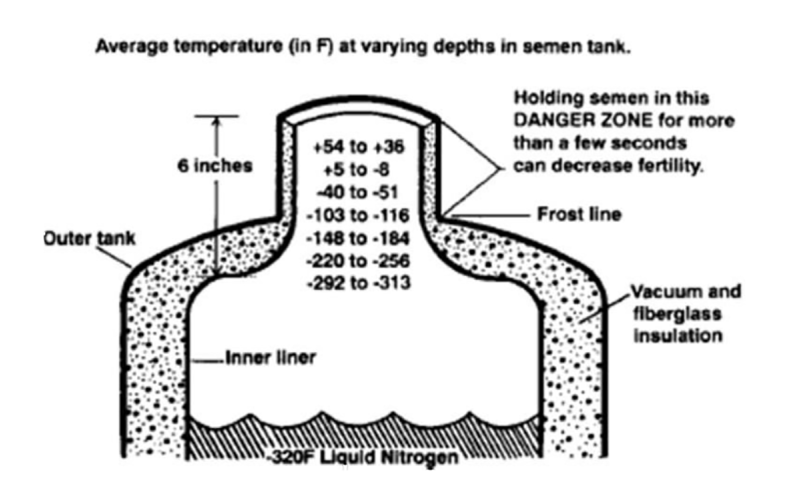
Proper Semen Handling Techniques
Proper semen handling is crucial for the overall reproductive success of an operation utilizing artificial insemination. Learn some expert tips for equipment selection, product storage and semen handling.

Protein Nutrition and Replacement Heifer Development
With summer coming to an end and weaning for this year’s calves right around the corner, it is not premature for producers to start thinking about next year’s replacement heifers that will be needed to replace any culled or open cows.
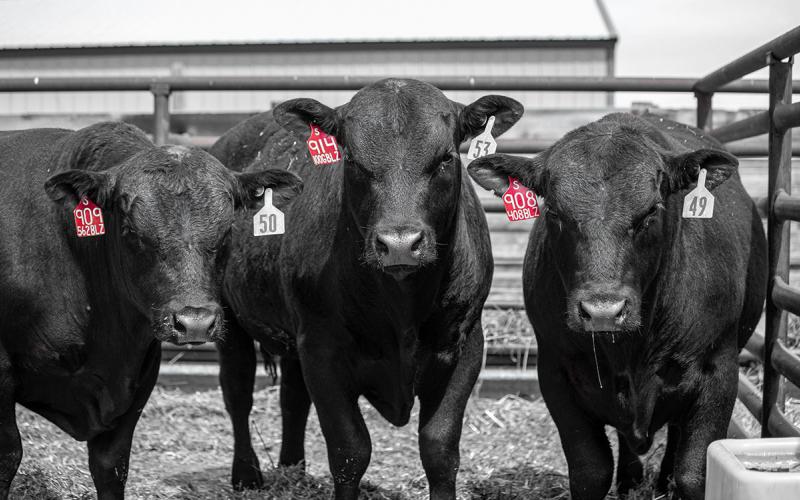
Buying Bulls With a Plan
Selecting new herd sires is an annual process for beef producers. Learn tips for selecting the correct herd sire for your operation that will progress your operation and improve your cattle.
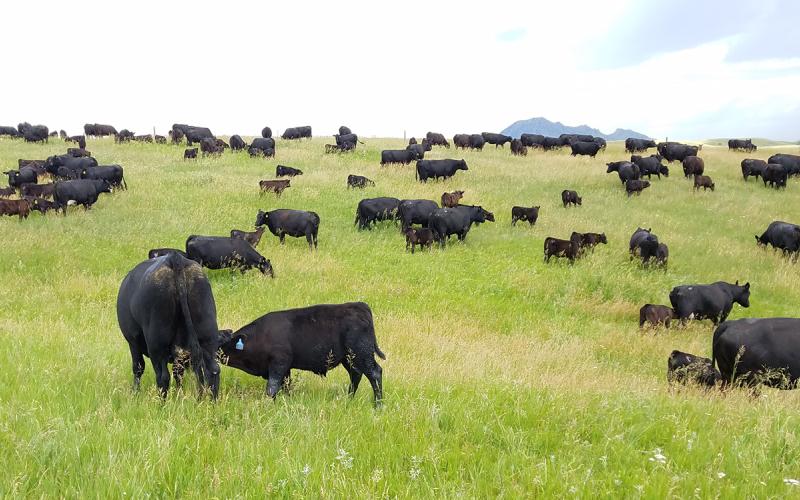
Equation of Reproductive Efficiency
The key factors to reproductive success in beef cattle are proper management, nutrition, health, and selection, while reproductive technologies can enhance management if the previous factors are in sync.
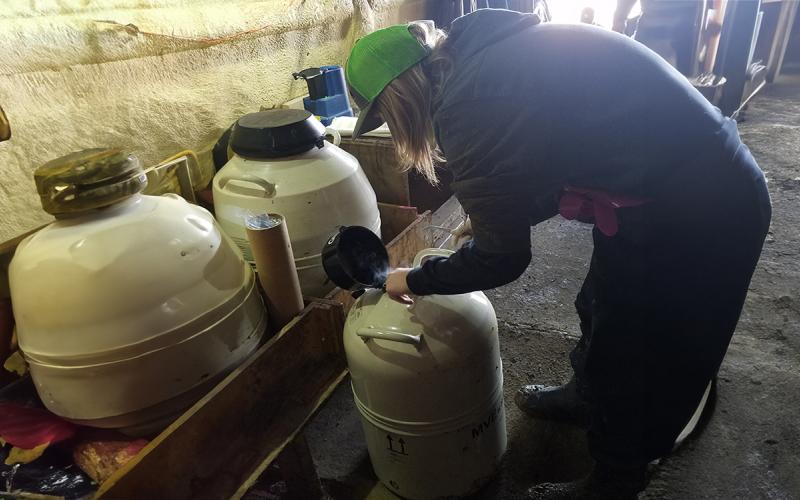
Dangers and Safety Precautions With Liquid Nitrogen
If you artificially inseminate, you have been exposed to liquid nitrogen. Even though it is commonly used in livestock production, it is critical to follow safety procedures, because it is very dangerous.
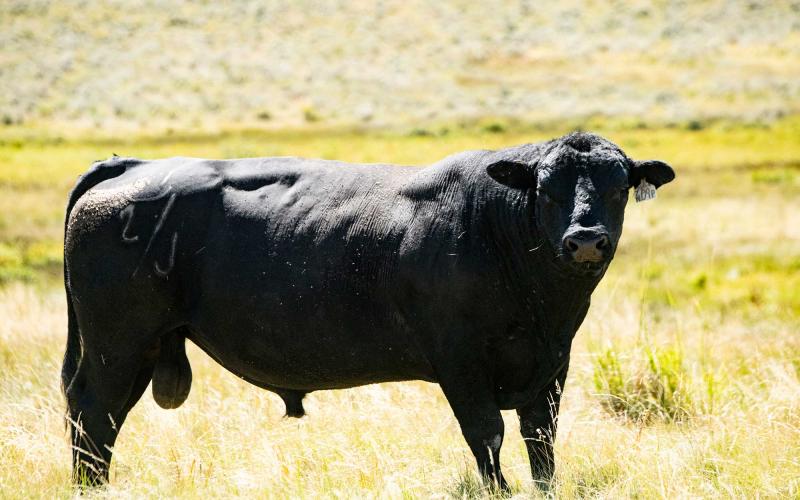
How Many Bulls Do You Need When Synchronizing With Natural Service?
The use of estrous synchronization with natural service provides an opportunity to utilize the benefits of synchronization. However, the first question producers ask is, “How many more bulls do I need?”